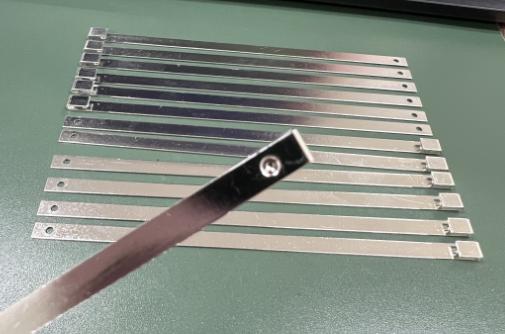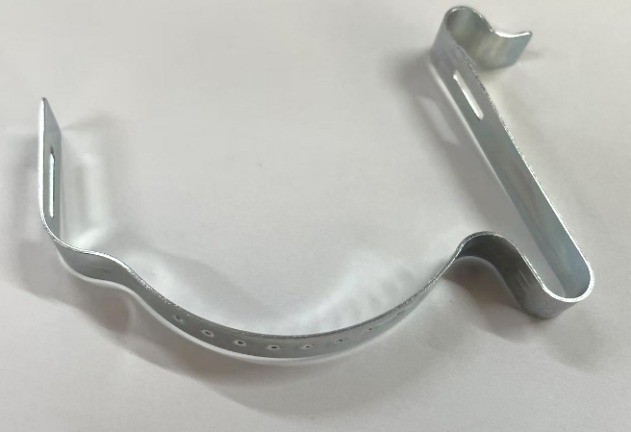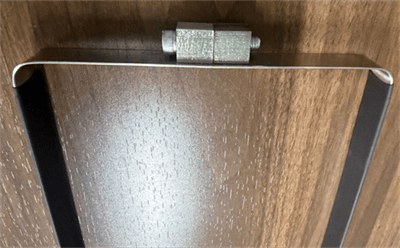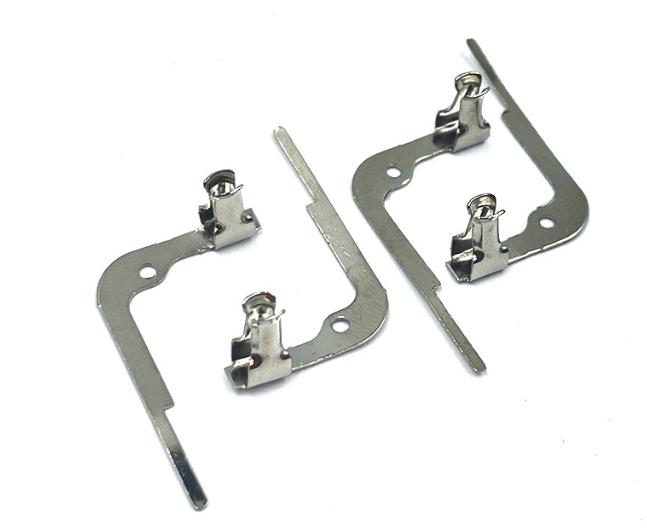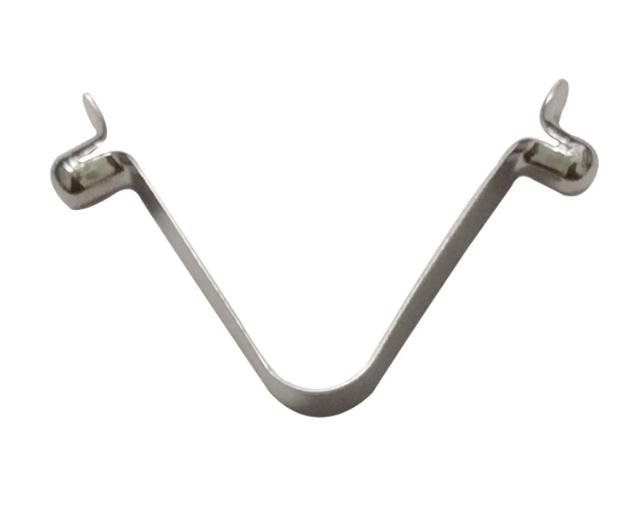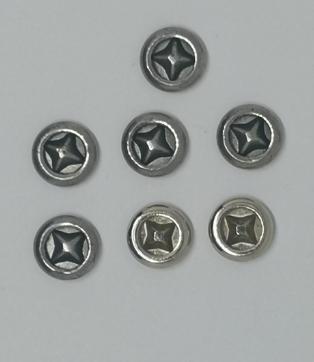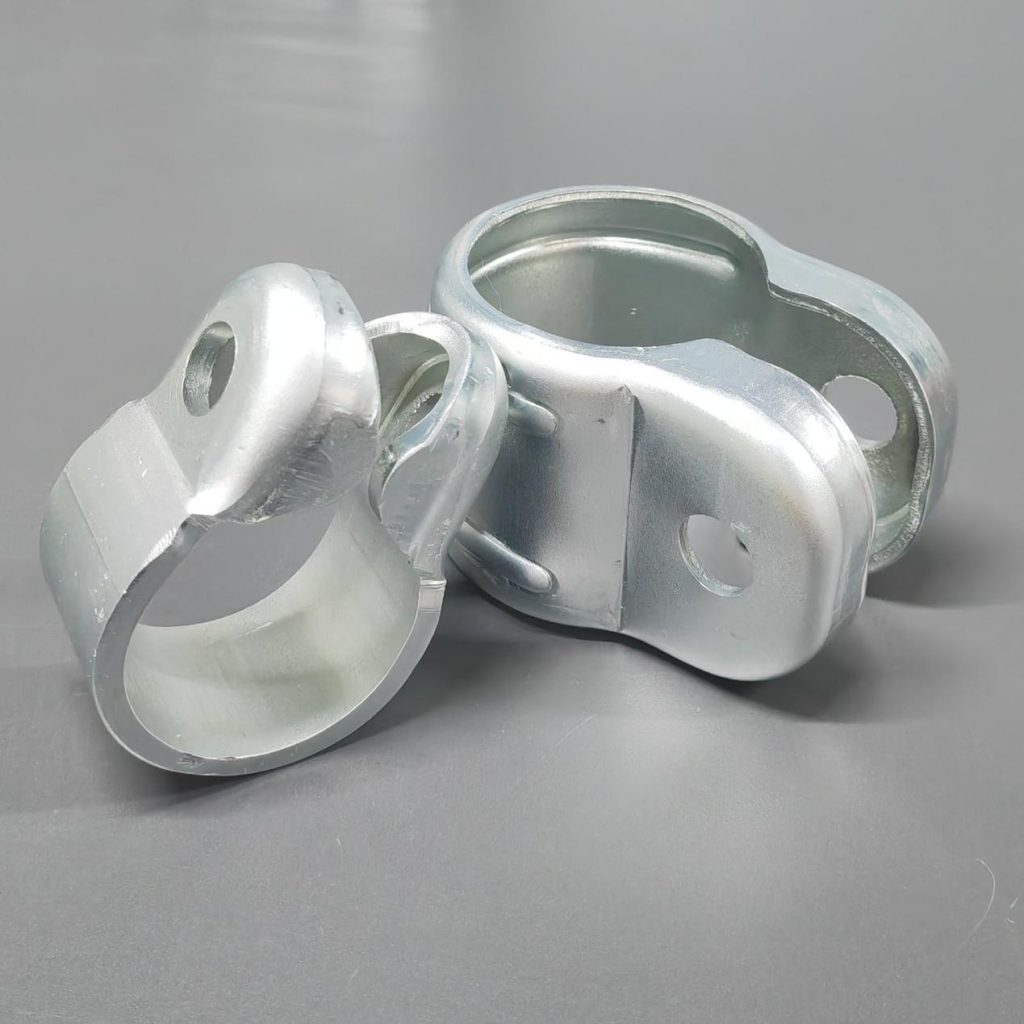Robotics and Automation in Metal Stamping: A Comprehensive Analysis
Robotics and automation have emerged as transformative forces in the ever-changing manufacturing landscape, reshaping traditional processes and increasing efficiency across industries. Metal stamping processes are one area where these technologies are having a significant impact. This article delves into the integration of robotics and automation in metal stamping, revealing the benefits, challenges, and future trajectory of this dynamic collaboration.
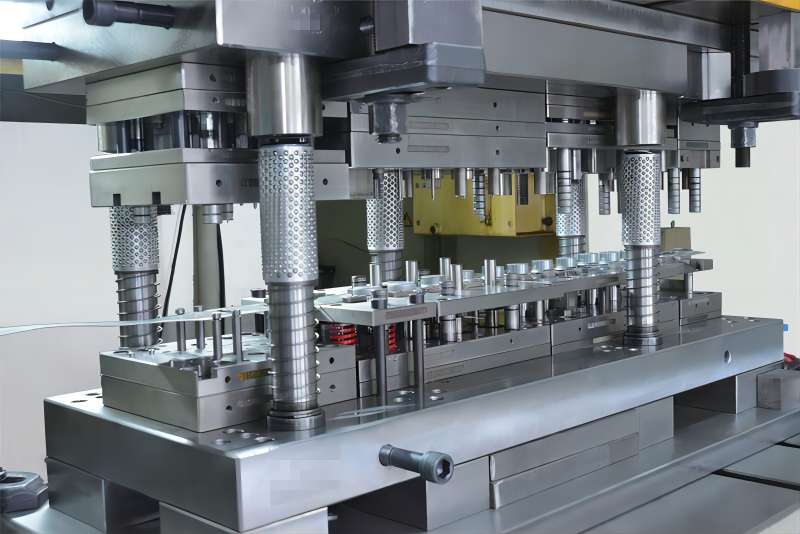
What are the Benefits of Robotics and Automation in Metal Stamping?
The Rise of Robotics in Metal Stamping
The coming together use of robotics and metal stamping in a new era of precision, speed, and efficiency.
1. Precision Redefined
a. Accuracy at Every Stroke
The use of robotic arms in metal stamping processes raises precision to previously unheard-of levels. Robots can perform complex stamping tasks with consistent accuracy, ensuring that each stamped part meets strict specifications.
b. Complex Geometries Made Simple
The adaptability of robotic systems enables the seamless manipulation of metal sheets, allowing the creation of complex geometries that would be difficult to create using traditional stamping methods.
2. Speed and Scalability
a. Uninterrupted Production
One of the most notable advantages of robotics in metal stamping is the ability to operate continuously, 24 hours a day, seven days a week. This continuous production capability significantly improves overall output and market responsiveness.
b. Rapid Tool Changes
Robotic systems allow for quick tool changes, reducing downtime between stamping tasks. Tooling agility contributes to increased efficiency and faster adaptation to changing production requirements.
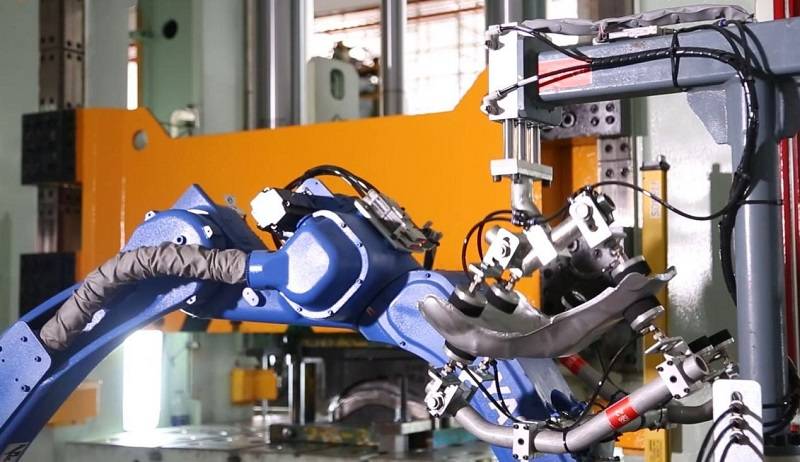
3. Enhanced Safety Measures
a. Risk Mitigation
Robotic systems take on tasks that could endanger human workers’ safety, such as handling heavy materials or performing repetitive motions. This not only reduces the risk of workplace accidents, but it also contributes to a safer workplace.
b. Advanced Sensors for Safety
Equipped with advanced sensors, robots can detect anomalies and instantly halt operations in case of irregularities. This proactive approach to safety sets a new standard in metal stamping processes.
4. Integration of Robotics and Automation
a. Synergy for Superior Results
The collaboration between robotics and automation amplifies the benefits of both technologies. Automated metal stamping lines, guided by robotic precision, streamline the entire production process for optimal efficiency.
b. Real-time Quality Control
Automation, coupled with robotic vision systems, ensures real-time quality control. Defects can be identified and rectified immediately, reducing waste and enhancing the overall quality of stamped parts.
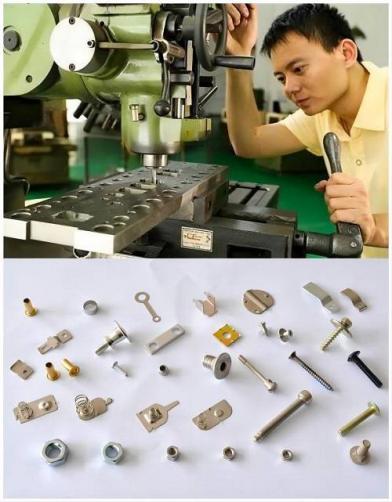
Automation’s Impact on Metal Stamping
- Reduced Labor Costs
Automation reduces dependency on manual labor, leading to substantial cost savings for manufacturers.
This allows companies to reallocate human resources to more complex and value-added tasks.
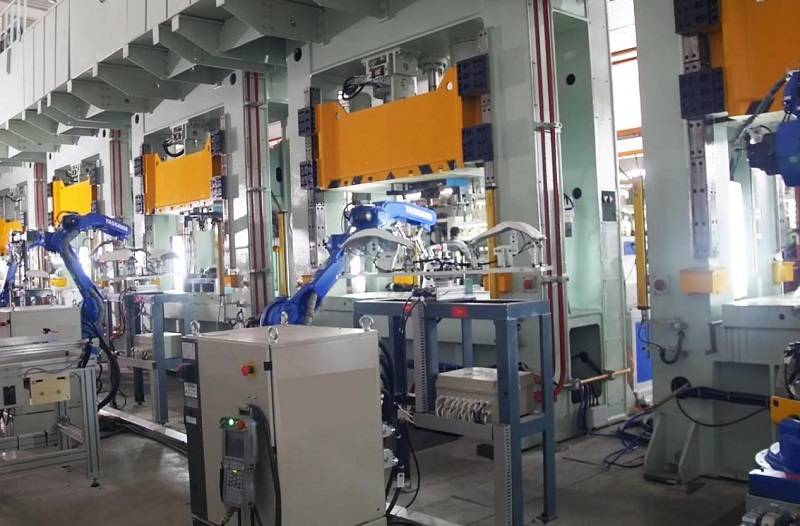
- Consistent Quality Control
Advanced sensors and imaging technologies in automated systems enable real-time quality control and immediate correction of deviations.
As a result, quality and specification adherence for stamping parts are consistently high.

- Flexibility in Production
Automated metal stamping lines can be reprogrammed swiftly to accommodate changes in product specifications or design.
This flexibility enhances adaptability to market demands and reduces the time required for retooling.
What are the Challenges and Considerations for Robotics and Automation in Metal Stamping
1. Initial Investment
The upfront cost of implementing robotic and automated systems can be a significant barrier for smaller manufacturers.
However, the long-term benefits often outweigh the initial investment, making it a strategic move for companies with a vision for sustained growth.
2. Workforce Transition
The integration of automation may require reskilling or upskilling of the existing workforce.
Companies need to invest in training programs to ensure a smooth transition and foster a workforce capable of managing and maintaining automated systems.
3. Cybersecurity Concerns
With increased connectivity, the risk of cybersecurity threats becomes a consideration. Implementing robust cybersecurity measures is essential to protect sensitive data and prevent unauthorized access.
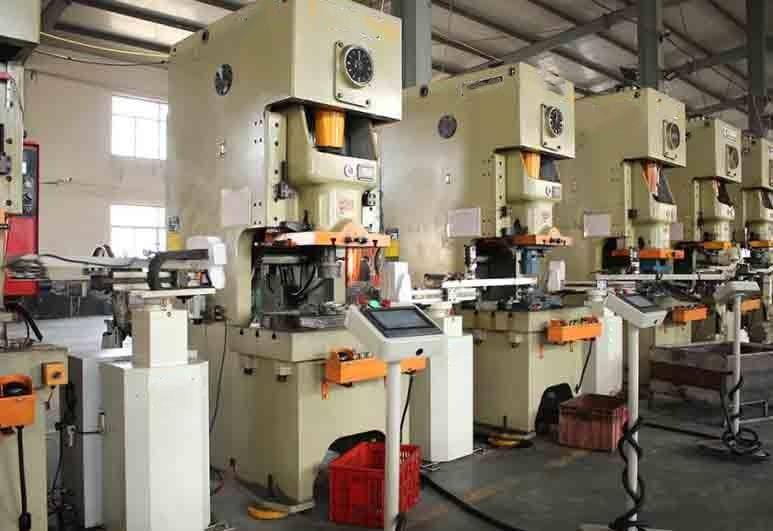
What is The Future Landscape of Robotics and Automation in Metal Stamping?
1. Collaborative Robotics
The rise of collaborative robots, or cobots, foresees a future in which humans and robots coexist, each complementing the other’s strengths.
Cobots are designed to enhance human-robot collaboration, promoting a more flexible and responsive manufacturing environment.
2. AI and Machine Learning Integration
The incorporation of artificial intelligence and machine learning algorithms enables robots to adapt and optimize their performance based on real-time data.
Predictive maintenance and self-optimization contribute to increased operational efficiency and reduced downtime.
3. Sustainable Automation
The future of automation in metal stamping will likely include a focus on sustainability, with energy-efficient systems and eco-friendly manufacturing processes.

Conclusion
The integration of robotics and automation in metal stamping processes represents a manufacturing paradigm shift. The industry can expect even greater precision, flexibility, and sustainability as technology advances. The key is to embrace these changes strategically, overcome obstacles, and build a workforce that is prepared for the future. The age of automated metal stamping has arrived, and those who adapt will lead the way in shaping the future of manufacturing.

